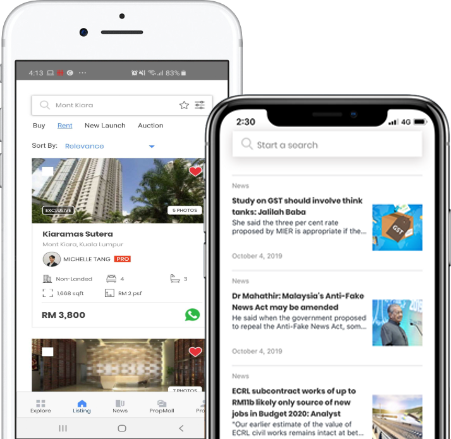SYDNEY: Australian retail sales rebounded sharply in January while approvals to build new homes continued to point to a boom in construction this year, adding to the case for a rise in interest rates later on March 2.
Markets were implying around a 65% chance that the Reserve Bank of Australia (RBA) would lift its cash rate by 25 basis points to 4% after its policy meeting. An announcement is due at 0330 GMT along with a brief statement.
The 1.2% jump in retail sales reported for January handily beat forecasts for a 0.5% gain and was the latest in a string of upbeat figures pointing to recovery in Australia.
"It all hints at a consumer little affected by higher borrowing costs and is spending without any fiscal assistance," said Su-Lin Ong, senior economist at RBC Capital Markets.
"The bottom line is that a 3.75% cash rate remains too low for an economy that is returning to 3%-plus growth, underpinned by a recovery in the terms of trade, and with limited capacity in both goods and labour markets," she added.
The buoyant outlook for trade was underlined by the country's official commodities forecaster which predicted that exports of liquefied natural gas would nearly double by 2014/15, while exports of iron ore could rise by almost 70%.
If correct, that would deliver a huge windfall to Australian profits, investment, wages and tax receipts and is a major reason the RBA is so bullish on the country's longer-term outlook.
Market reaction to the numbers was restrained by caution ahead of the RBA's decision, with investors still smarting from last month when the central bank wrong-footed them and skipped a chance to hike.
The Australian dollar held firm against its US counterpart around US$0.8990, and was up at record highs on the euro and a 25-year peak on sterling.
Interbank futures were a tick easier, implying a one-month rate for March of 3.9%. One-year swap rates were at 4.61%, with the market pricing in 112 basis points of tightening for the next 12 months.
Traders may also have been disappointed by a 7% drop in the headline number of building approvals for January, well under the 0.8% rise expected.
However, analysts noted all the weakness was in the volatile multi-unit sector and that approvals to build new houses, easily the bigger of the two, rose 0.3% in the month.
Total approvals were a steep 48% higher than in January last year, supporting a surge in home construction that will help fuel economic growth this year.
Data on public spending released on Tuesday also augured well for solid growth for last quarter. Total public spending climbed 3.8% in the fourth quarter, from the previous quarter, to stand at a record A$72.78 billion (RM221.64 billion).
That should add 0.9 percentage points to gross domestic product (GDP) in the quarter, helping offset a drag from imports. The GDP report is due March 3 and is expected to show growth of around 0.9%, up from 0.2% in the third quarter.
Analysts felt the public stimulus spending on schools and infrastructure played a useful part in plugging a hole in private investment left by the global financial crisis.
By concentrating on the labour-intensive building sector, the fiscal splurge also helped keep people in jobs and was one reason unemployment surprised everyone by falling late last year.
The drop in the jobless rate to just 5.3%, from a high of 5.8% in October, is a critical plank in the case for higher interest rates.
Rory Robertson, interest rate strategist at Macquarie, estimates the RBA's desired level of unemployment is in the 4.5% to 5%, and thus not far from current levels.
"Below that 'desired rate', the RBA clearly fears a re-run of the sort of economic overheating that delivered disturbingly high core inflation in 2008," he said.
"With unemployment now clearly falling -- and with high-growth Asia seen as the region most relevant to Australia's medium-term fortunes -- the RBA seems to have a strong desire to normalise interest rates further." -- Reuters





